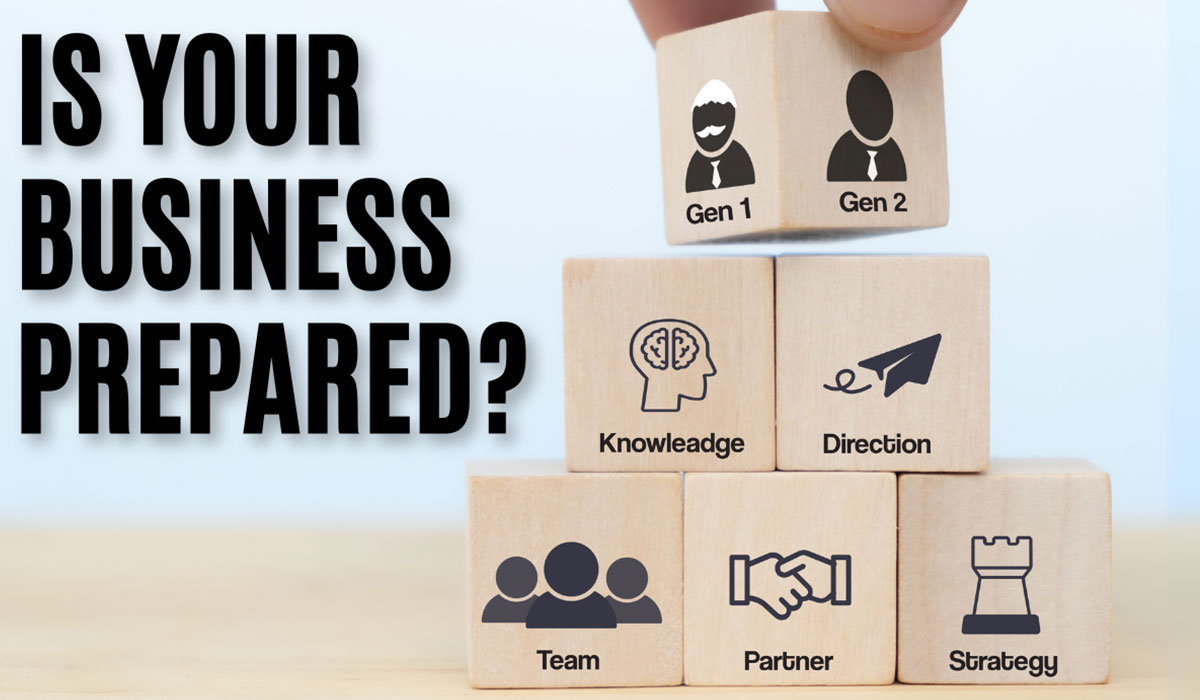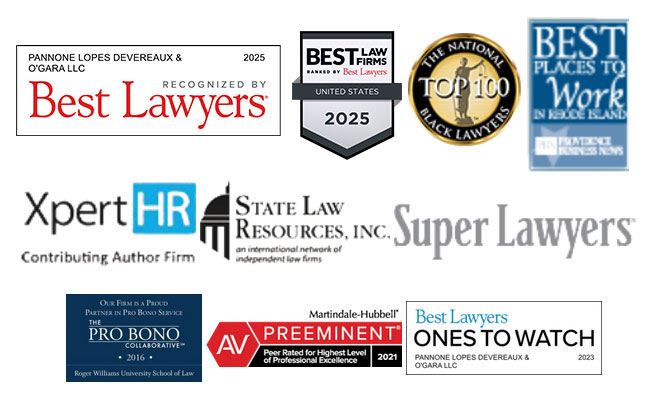Succession planning is a vital yet often neglected component of a comprehensive business strategy. Whether it is a start-up or a ten-year-old business, developing a succession plan is a critical step in ensuring the continuity and long-term stability of any business. As we step into a new year, now is an opportune time for business owners to reassess their goals and prepare for the future. Below are the key steps for developing an effective succession plan:
Identify Goals and Priorities: The first step is to clarify the vision for the business’s future. Should the company remain family-owned or closely held? Should it be transitioned to key employees or be sold to external buyers? Defining the goals now eliminates confusion and conflict in the future. If a business has more than one owner, it will be important to build consensus, overcome any reluctance by current leaders to relinquish control, and address any perceived threats to existing power structures. Organizational dynamics often pose a challenge. The owner(s) should emphasize that a succession plan is designed to strengthen the company’s long-term position, not to disrupt existing relationships or undermine authority.
Distinguish Potential Successors: It is essential to identify members of the next generation who not only possess leadership skills, but also have a willingness and desire to grow in the company. Obtaining feedback from a variety of sources (ex: board members, management, employees and customers) is important for a well-rounded view. Ideal candidates will have a track record of success, strong problem-solving skills, and the ability to inspire others. Providing opportunities for candidates to demonstrate their leadership abilities, make critical decisions and manage business challenges by delegating high-level projects and/or initiatives is another way to assess potential successors. A comprehensive assessment should not only include candidates’ strengths but also areas that require improvement. If the company struggles to identify suitable candidates from within, it will be necessary to seek outside talent, while offering training and development opportunities to build a stronger internal talent pool.
Implement a Leadership Development Program: Developing a talent pipeline to ensure a steady flow of high-potential candidates is critical, and creating a leadership development and mentoring program to nurture and retain top talent will make the process easier. Mentoring programs expose employees to all the various aspects of the business and help facilitate the transfer of knowledge and insights to future leaders. Clearly communicating what will be expected from potential successors, encouraging open dialogue, and providing consistent feedback will help prepare successors for their future roles.
Formalize the Plan: In addition to consulting with key stakeholders within the business, the owner(s) should consult with external legal, financial, and business advisors. As soon as there is consensus and approval, the next step is to formalize the business succession plan, define clear milestones, establish timelines for the transfer of responsibilities, and include contingency scenarios to address potential obstacles. A comprehensive written plan eliminates ambiguity and provides a clear roadmap for all involved.
Review and Adapt Regularly: Businesses evolve, and so should succession plans. It will be important to revisit the plan annually and/or when there are major changes within the organization. By implementing a regular review cycle to assess the progress of successor candidates and the business landscape, the owner(s) can ensure the succession plan remains relevant and purposeful.
Making Succession Planning a Priority: Life is unpredictable, and unforeseen events such as illness, retirement, or sudden departure can disrupt operations. A succession plan provides a clear roadmap to maintain stability during transitions, preserves the legacy of the owner(s), and minimize financial risks. However, succession planning is not just about mitigating risks—it’s about setting the stage for sustainable growth and success. It’s also beneficial in fostering confidence in the organization. Employees value job security. Knowing that a succession plan is in place can boost morale, productivity, and loyalty.
Let this new year be the time you prioritize your business’s longevity and legacy. If you have questions or would like further information on succession planning, please contact PLDO Principal Gary R. Pannone at 401-824-5100 or email [email protected].


